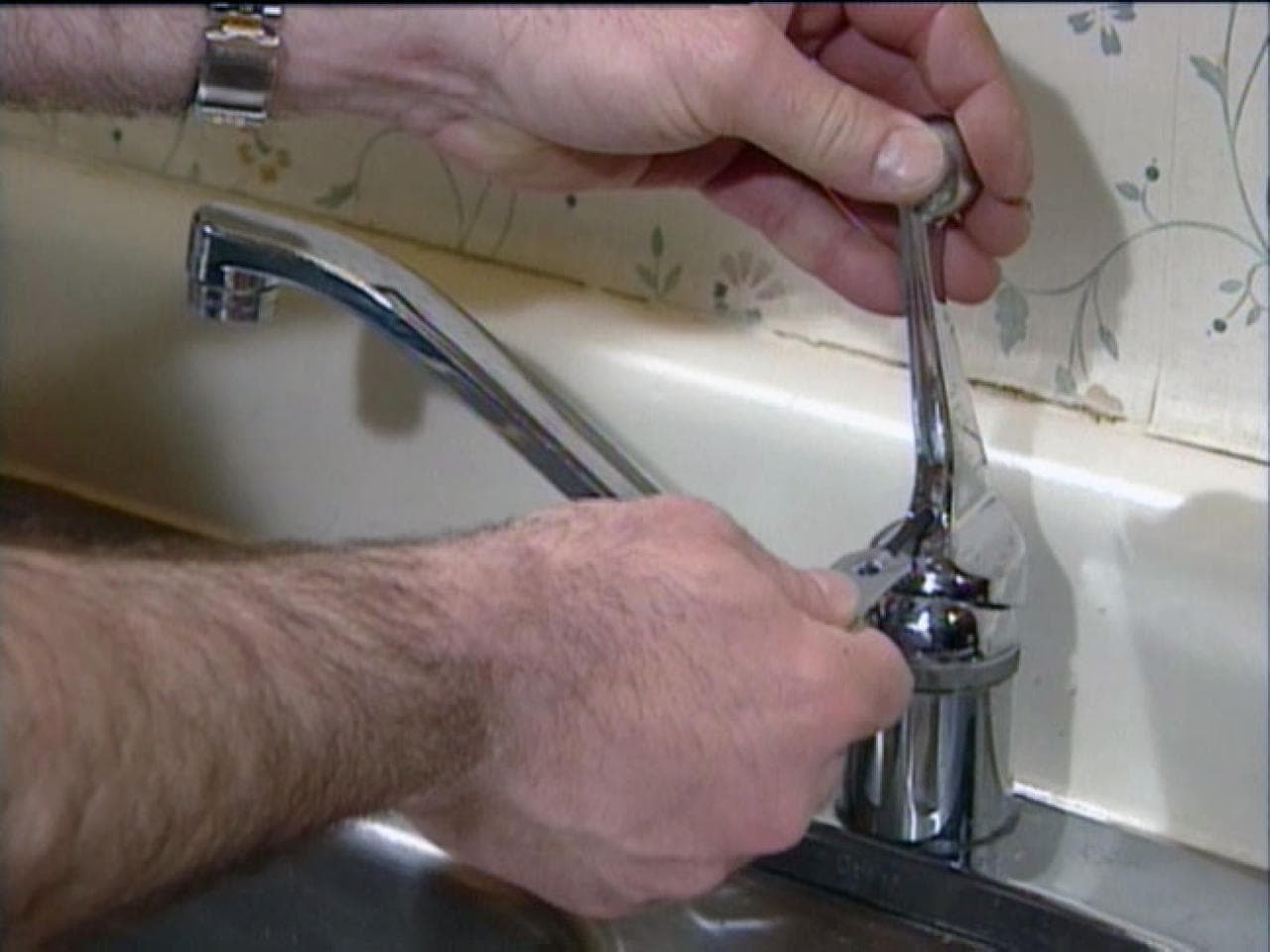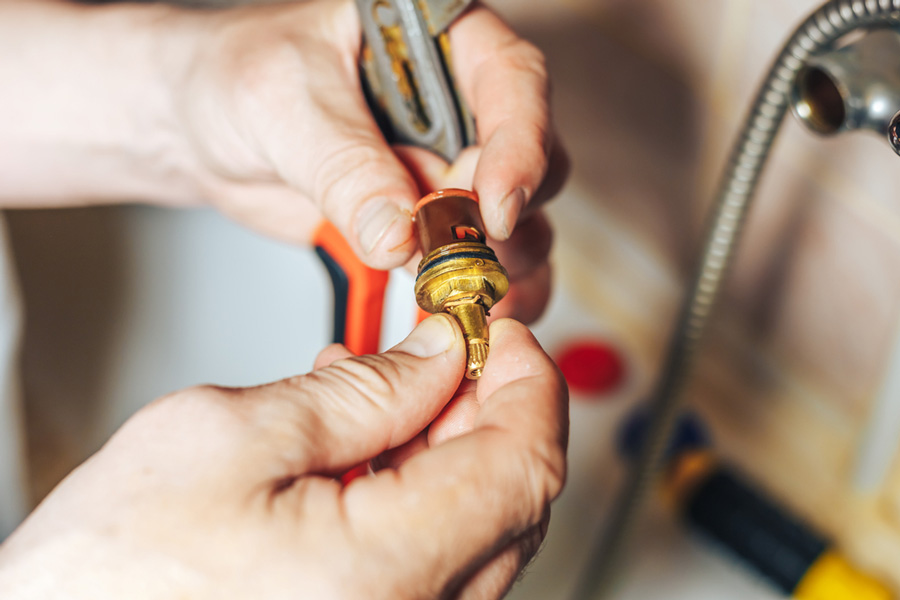The Reasons Behind Correcting a Malfunctioning Faucet
The Reasons Behind Correcting a Malfunctioning Faucet
Blog Article
How do you feel with regards to Why It's Important to Fix Leaky Faucets?

Leaking faucets may appear like a minor inconvenience, however their effect surpasses just the annoyance of the sound. From wasting water to incurring unnecessary monetary expenses and wellness dangers, ignoring a trickling faucet can cause numerous effects. In this post, we'll delve into why it's essential to address this typical family problem without delay and properly.
Waste of Water
Ecological Effect
Leaking taps contribute dramatically to water wastefulness. According to the Epa (EPA), a solitary faucet leaking at one drip per second can lose more than 3,000 gallons of water annually. This not just stress water resources yet additionally influences ecosystems and wildlife based on them.
Step-by-Step Overview to Repairing a Dripping Tap
Tools Needed
Before trying to deal with a leaking tap, collect the required tools, including a flexible wrench, screwdrivers, replacement components (such as washers or cartridges), and plumber's tape.
Common Tap Issues and Their Solutions
Recognize the sort of faucet and the specific problem creating the drip. Usual issues consist of damaged washers, corroded valve seats, or defective O-rings. Refer to supplier guidelines or on-line tutorials for detailed advice on repair work.
Financial Costs
Raised Water Costs
Past the environmental impact, trickling taps can pump up water expenses considerably. The accumulated waste in time equates into higher energy costs, which can have been avoided with timely repair services.
Prospective Residential Or Commercial Property Damage
Additionally, long term dripping can result in damage to fixtures and surfaces surrounding the faucet. Water build-up can cause discoloration, corrosion, and even architectural problems if left ignored, causing added fixing prices.
Health Concerns
Mold And Mildew and Mold Development
The continuous existence of dampness from a leaking tap develops a suitable atmosphere for mold and mold development. These fungis not just compromise interior air quality however additionally present health and wellness dangers, particularly for people with respiratory system problems or allergies.
Waterborne Conditions
Stationary water in trickling faucets can become a breeding place for bacteria and various other microorganisms, boosting the danger of waterborne conditions. Pollutants such as Legionella microorganisms thrive in stationary water, potentially leading to major health problems when consumed or inhaled.
Do it yourself vs. Expert Fixing
Pros and Cons of DIY Repair
While some may try to deal with a leaking tap themselves, do it yourself repair services feature their own set of obstacles. Without appropriate understanding and devices, DIY attempts can aggravate the issue or lead to insufficient repairs, extending the problem.
Benefits of Working With a Specialist Plumber
Working with a specialist plumber makes certain that the underlying source of the trickling faucet is addressed properly. Plumbing professionals have the know-how and tools to identify and fix faucet problems efficiently, saving time and reducing the danger of further damage.
Environmental Obligation
Private Payment to Conservation
Taking duty for dealing with leaking faucets lines up with broader efforts toward water conservation and environmental sustainability. Every person's actions jointly make a significant effect on maintaining valuable resources.
Lasting Living Practices
By prioritizing timely repair work and adopting water-saving habits, individuals add to lasting living techniques that profit both existing and future generations.
Safety nets
Regular Maintenance Tips
To avoid leaking faucets, execute regular maintenance such as cleaning up aerators, evaluating for leaks, and changing worn-out parts quickly. In addition, take into consideration setting up water-saving tools or upgrading to a lot more effective fixtures.
Significance of Prompt Repairs
Attending to trickling taps as quickly as they're discovered protects against additional water wastage and potential damage, inevitably conserving both water and money in the long run.
Impact on Property Worth
Assumption of Well-Maintained Residential Property
Keeping a residential or commercial property in good condition, including resolving upkeep issues like dripping taps, enhances its perceived value and charm among potential buyers or occupants.
Impact on Resale Worth
Characteristics with properly maintained plumbing fixtures, consisting of taps, command greater resale values in the property market. Resolving leaking faucets can contribute to a positive impact throughout building evaluations and settlements.
Final thought
Addressing a dripping tap exceeds mere ease; it's a necessary step toward preserving water, minimizing financial expenses, and guarding health and residential property. Whether via DIY repair work or professional support, taking action to fix trickling taps is a small yet impactful method to promote liable stewardship of sources and add to a healthier, much more sustainable future.
How to Fix a Leaky Faucet: Step-by-Step Repair Guide
A leaky faucet may seem like a simple annoyance, but if it's not fixed promptly, that leak could cost hundreds to potentially thousands. From water damage to mold, mildew, and high water bills, even a tiny leak can be catastrophic if left unattended. Damage like this can even affect the overall value of your home, so it's important to take the right approach for leaky faucet repair. You may need the help of a plumber in some cases, but we've got a few tips you can try on how to fix a leaky faucet before calling the pros.
Four Faucet Types
When you're learning how to fix a leaky faucet, the first step is knowing what kind of faucet you're working with! There are four common types.
Cartridge Faucets
Cartridge faucets come in one- or two-handled varieties. In one-handled cartridge faucets, hot and cold water combines in a single cartridge. In the two-handled versions, hot and cold water are controlled separately and mixed in the faucet.
Ball Faucets
Ball faucets have a single lever you push up and down to adjust the pressure and rotate to change the temperature. A slotted metal ball controls the amount of water allowed into the spout.
Compression Washer Faucets
They're the oldest type of faucet, but they're still used in many homes — especially older ones. Compression faucets have two separate handles that, when turned, raise or lower the washer that seals a water valve. This valve stops water from flowing through the faucet when it is turned off.
Disc Faucets
Disc faucets rarely need to be repaired due to their maintenance-free design. The water flow is controlled by two discs — the upper one raises and lowers against a fixed lower disc, creating a watertight seal. If your disc faucet starts leaking, you may need to replace the seals or clean residue buildup from the inlets.
Fixing a Leaky Faucet
Step 1: Turn Off the Water
Whether you're learning how to fix a leaky bathtub faucet or how to fix a leaky kitchen faucet, always turn off the water supply to your working area when you're fixing a leak. The last thing you want is a flood added to your list of things to fix.
Look for the shutoff valves below your sink or around the tub and turn them clockwise to stop the water flow. If your faucet doesn't have shutoff valves, you may need to turn off the water for the whole house. Check to make sure it's off by turning the faucet on. If nothing comes out, you're ready to start the repair.
Step 2: Take Apart the Faucet
How you disassemble your faucet depends on the type of fixture you have. You can use a flathead screwdriver to remove the caps on top of the handle or handles for cartridge and compression faucets. Inside, you should see handle screws. Unscrew these with a screwdriver to remove the handle.
Disc- and ball-style faucets will typically have an inlet screw near the handle, and removing that will reveal the interior of the faucet.
Detach the Valve Stem
For cartridge- and compression-style faucets, you'll see the inner valve stem or cartridge once you remove the faucet handles. If you have a compression faucet, unscrew the brass valve stem. If you have a cartridge faucet, pull out the cartridge. If your cartridge has been in place for a while, it may require some tools or extra force to remove it due to mineral deposits.
Examine and Replace Parts
Once you've removed the parts, check them out to confirm what needs to be replaced. You may see corroded rubber washers, O-rings, stems, or cartridges. On a ball-style faucet, check the seats and springs for damage.
If you need to repair a leaky disc faucet, check the inlet and seals on the lower disc.
Once you determine what parts must be replaced, visit your local hardware store. Bring the damaged parts with you to ensure you can purchase the correct components to replace them.
Clean Valves and Faucet Cavity
If you've removed a stem or cartridge, you may notice mineral buildup in the faucet's threads. Use white vinegar to clean the valve seat by soaking it for a few minutes, then scrub it away with a soft toothbrush and rinse with warm water. You can also clean the interior of the faucet in the same way.
Reassemble the Faucet
Once your faucet is cleaned and the required parts have been replaced, it's time to reassemble it. Put the pieces back together and slowly turn the water supply back on. Doing this slowly is crucial because too much initial water pressure can damage the new hardware you've just installed.
https://homewarranty.firstam.com/blog/how-to-fix-leaky-faucet

I ran across that write up on What Causes Leaky Faucets & How To Fix Them while surfing the internet. You should take the opportunity to promote this write-up if you appreciated it. I recognize the value of your readership.
Report this page